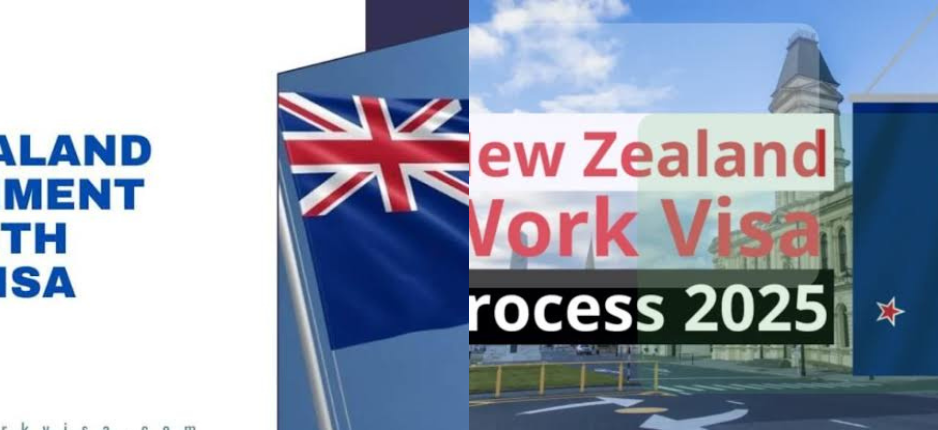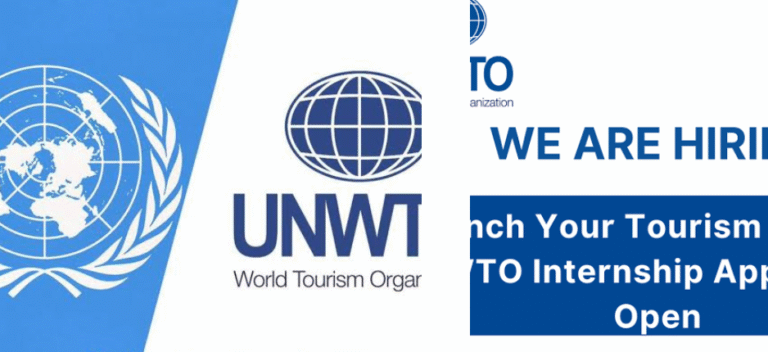Qualification Guidelines for New Zealand Work Visas in 2025
Qualification Guidelines for New Zealand Work Visas in 2025 Based on NZQCF Standards
For professionals aspiring to build a career and life in New Zealand, understanding how your academic and professional qualifications align with the country’s education and immigration system is crucial.
Central to this process is the New Zealand Qualifications and Credentials Framework (NZQCF), known in Māori as Te Taura Here Tohu Mātauranga o Aotearoa.
Also Check: University of South Australia Scholarships Fully Funded
Powered by Whitepasture
Whether you’re a skilled worker looking to relocate or an international applicant planning your future in New Zealand, gaining familiarity with the NZQCF should be a top priority.
What is the NZQCF?
The NZQCF is the government’s official framework for recognizing and classifying educational achievements, from basic certificates to advanced doctoral degrees. It also includes contemporary forms of learning, such as micro-credentials short, skills-based certifications.
The framework which is administered by the New Zealand Qualifications Authority (NZQA) ensures your qualifications—local or international are assessed for quality, relevance, and comparability with New Zealand standards.
Why NZQCF Matters for Global Jobseekers
Here’s how this framework supports international professionals:
- Global Qualification Assessment : The NZQCF allows employers and immigration officials to evaluate how your foreign qualifications stack up against New Zealand’s education benchmarks.
- Work Visa Requirements: Many work visas require proof that your credentials meet a specific NZQCF level. Knowing your placement on the framework can streamline your visa application process.
- Quality and Consistency: The framework guarantees transparency and trust in both domestic and international credentials.
- Cultural Integration: NZQCF honors the indigenous knowledge systems of Aotearoa through its inclusion of Mātauranga Māori, reflecting New Zealand’s commitment to bicultural recognition.
NZQCF Structure: 10 Levels of Academic and Professional Learning
The framework includes 10 levels, each indicating a progression in knowledge, complexity, and skill development:
| Level | Qualification Types | Credential Types |
| —– | ————————————— | —————– |
| 1–4 | Certificates | Micro-credentials |
| 5 | Certificate, Diploma | Micro-credentials |
| 6 | Diploma, Certificate | Micro-credentials |
| 7 | Bachelor’s Degree, Graduate Cert/Dip | Micro-credentials |
| 8 | Bachelor Honours, Postgraduate Cert/Dip | Micro-credentials |
| 9 | Master’s Degree | Micro-credentials |
| 10 | Doctoral Degree | Micro-credentials |
Note: Micro-credentials are compact, targeted learning programs available at all levels, offering specific skills for rapid workforce entry.
How NZQCF Benefits Skilled Migrants in 2025
Here’s how the NZQCF supports your migration and employment goals:
1. Matching Qualifications for Visa Eligibility
Popular visa categories such as the Accredited Employer Work Visa (AEWV) or the Skilled Migrant Category (SMC) often require qualifications that meet a certain NZQCF level:
Level 7: Typically required for professional and managerial roles.
Levels 3–6: Commonly accepted for trade and technical occupations.
2. Assessing Overseas Qualifications
Have any questions? – Click HERE to let us know and we will be glad to help
Email: contactus@whitepasture.com
Join our Social Media platforms to receive latest updates and opportunities:
- WhatsApp: WhitePasture WhatsApp
- Facebook: WhitePasture
- Twitter: @WhitePasture
- Telegram: WhitePasture
If your qualifications are from outside New Zealand, you may need to undergo an International Qualification Assessment (IQA) by NZQA to determine its equivalent NZQCF level.
3. Job Applications Aligned with Qualification Levels
Employers in New Zealand often specify the desired NZQCF level in job listings. Understanding your qualification level ensures you target roles that match your profile.
4. Upskilling Opportunities
If your current credentials fall short of visa requirements, you can enroll in New Zealand-based programs to attain higher NZQCF levels and enhance your eligibility.
NZQA’s Role in Qualification Management
The NZQA is the official authority that:
Manages and updates the NZQCF.
Sets and enforces quality assurance standards.
Monitors private training establishments (PTEs), Te Pūkenga (formerly polytechnics), and wānanga.
University-level qualifications, however, are overseen by Universities New Zealand via the Committee on University Academic Programmes (CUAP).
Step-by-Step Guide for Aspiring Workers
- Step 1: Identify Your NZQCF Level
Use the [NZQA Qualification Recognition Tool](https://www.nzqa.govt.nz) or apply for an IQA to verify how your qualification aligns with the NZQCF. - Step 2: Explore Suitable Job Roles. Check if your target job, especially those on the Green List (in-demand occupations), requires a specific qualification level.
- Step 3: Apply for a Relevant Visa
Once you’ve confirmed your qualification level and secured a job offer, apply for a visa that fits your profile, such as:
Accredited Employer Work Visa (AEWV)
Skilled Migrant Category (SMC)
Green List Straight to Residence Pathway
Celebrating Indigenous Knowledge in NZQCF
A defining feature of the NZQCF is its acknowledgment of Mātauranga Māori, New Zealand’s indigenous knowledge system.
This integration ensures that Māori perspectives are recognized, valued, and incorporated into both educational credentials and employment pathways.
Have any questions? – Click HERE to let us know and we will be glad to help
Email: contactus@whitepasture.com
Join our Social Media platforms to receive latest updates and opportunities:
- WhatsApp: WhitePasture WhatsApp
- Facebook: WhitePasture
- Twitter: @WhitePasture
- Telegram: WhitePasture







